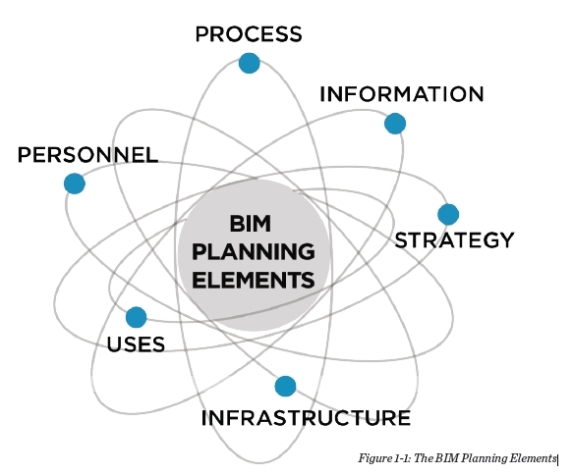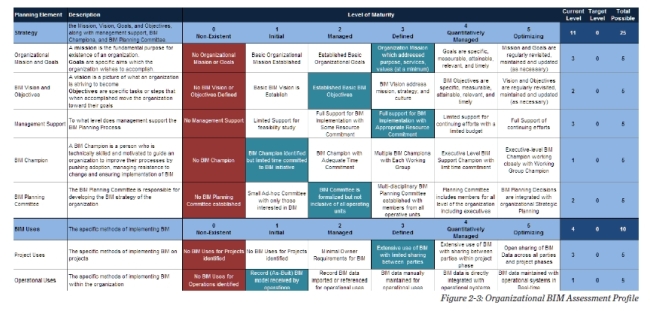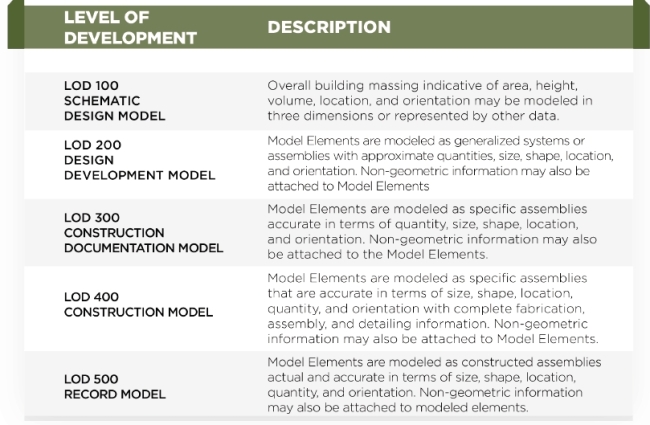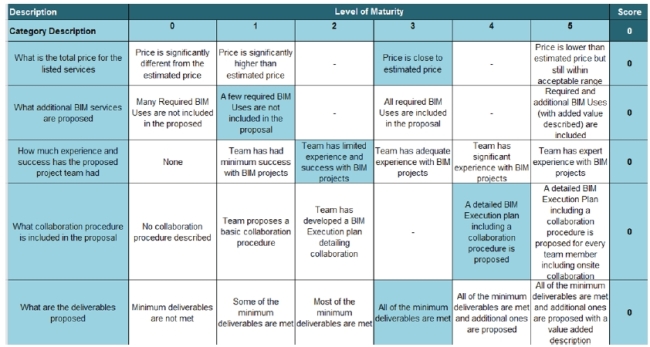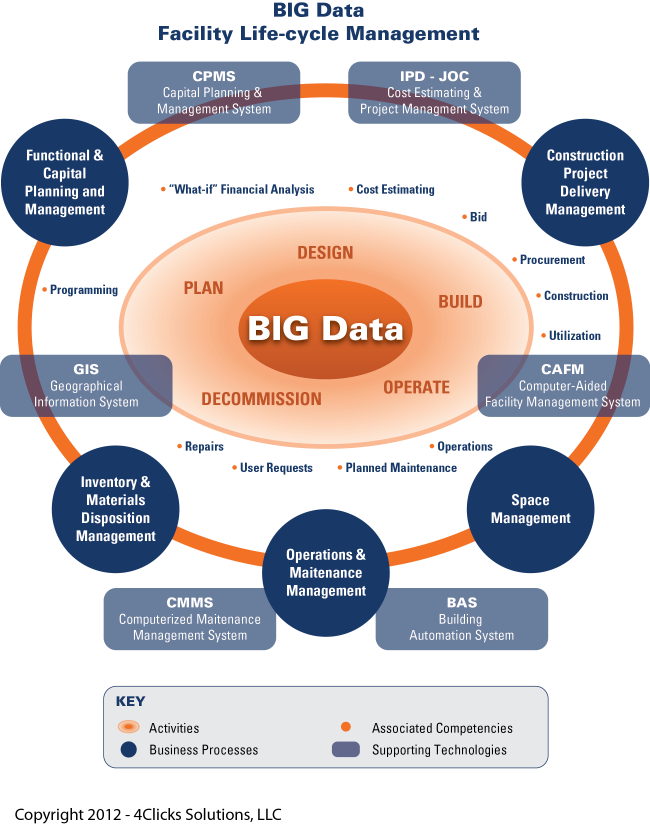Citation – Some excepts and content from: Computer Integrated Construction Research Program. (2013). “BIM Planning Guide for Facility Owners”. Version 2.0, June, The Pennsylvania State University, University Park, PA, USA.
The Architectural, Engineering, Construction, and Operations (AECO) Industry has a critical need for facility owners to understand and communicate their goals for implementing BIM throughout the life-cycle of a facility/built structure so that teams can produce the information during a project that will add value to the owner’s business operations.
|
Building Information Management, Model and Modeling |
BIM / BIM3 |
BIM is a term which represents three separate but linked functions:
Building Information Model: Is the DIGITAL REPRESENTATION of physical and functional characteristics of a facility. As such it serves as a shared knowledge resource for information about a facility, forming a reliable basis for decisions during its life cycle from inception onwards. Building Information Modeling: Is a BUSINESS PROCESS for generating and leveraging building data to design, construct and operate the building during its lifecycle. BIM allows all stakeholders to have access to the same information at the same time through interoperability between technology platforms. |
From a BIM planning perspective there are multiple levels to be considered:
• STRATEGIC PLANNING to assess existing organizational conditions; align BIM
goals and objectives with desired BIM Uses and maturity level; and develop a tran
sition plan for BIM implementation;
• IMPLEMENTATION PLANNING to develop the detailed implementation plan
within the operations of the organization; and
• PROCUREMENT PLANNING to identify key issues to consider when creating
BIM contract requirements.
In reality however, one could easily argue that it is the construction delivery method that dictates the overall success or failure of a project. Furthermore, collaborative construction delivery methods (examples being IPD – Integrated Project Delivery for major new construction, and JOC – Job Order Contracting for repair, renovation, sustainability, and minor new construction) are probable requirements. The construction delivery method impacts virtually all aspects of BIM PLANNING ELEMENTS.
1. STRATEGY
Defines the BIM goals and objectives; assesses change readiness; and considers management and resource support.
2. BIM USES
Identifies the methods in which BIM will be implemented for generating, processing, communicating, executing, and managing information about the owner’s facilities.
3. PROCESS
Describes the means to accomplish the BIM Uses by documenting the current methods, designing new processes
leveraging BIM, and developing transition plans
4. INFORMATION
Documents the information needs of the organization, including the model element breakdown, level of development, and facility data.
5. INFRASTRUCTURE
Determines the technology infrastructure to support BIM including computer software, hardware, networks, and physical workspaces.
6. PERSONNEL
Establishes the roles, responsibilities, education, and training of the active participants in the BIM processes established.
As might be expected, CHANGE MANAGEMENT is central to successful BIM implementation.
Another important consideration it the type and granularity of information required at this stage of your life-cycle management strategy.
Another way to look at things is the “level of maturity” of your overall BIM process. This concept incorporates consideration of construction delivery methods, granularity of content, and other factors into some form of rating mechanism.
Another critical aspect is clear definition of terms! BIM is an evolving discipline so it is critical to define every important term. Below is just a short list of terms that should be included in any BIM related project…with clear definitions.
• BIM Champion/Manager
• BIM Project Execution Plan
• BIM Use
• Design Model
• Fabrication Model
• Facility Data
• Federated Model
• Level of Development
• Project Team
• Record Model


